 Technology peripherals
Technology peripherals AI
AI ImageNet zero-sample accuracy exceeds 80% for the first time, and the strongest open source CLIP model on the planet is updated
ImageNet zero-sample accuracy exceeds 80% for the first time, and the strongest open source CLIP model on the planet is updatedAlthough ImageNet has long completed its historical mission, it is still a key data set in the field of computer vision.
In 2016, the sota accuracy rate of the classification model trained on ImageNet was still less than 80%; to this day, zero-shot generalization based on large-scale pre-trained models alone can achieve an accuracy of 80.1%.

##Laion recently trained a brand new ViT-G/14 CLIP## using the open source OpenCLIP framework # Model, on the ImageNet data set, the accuracy of the original OpenAI CLIP is only 75.4%, while OpenCLIP achieves a zero-shot accuracy of 80.1%, and achieves a zero-shot of 74.9% on MS COCO Image retrieval (Recall@5), which is also currently the most powerful open source CLIP model.

Interested friends can update the CLIP model at hand!

Model address: https://huggingface.co/laion/CLIP-ViT-bigG-14 -laion2B-39B-b160k
The specific performance of the OpenCLIP model on each data set is shown in the table below.

The generalization problem is especially important in fields that lack large amounts of training data.
Ideally, a CV model should learn the semantic content of images rather than focusing too much on specific labels in the training set. For example, for an image of a dog, the model should be able to understand that there is a dog in the image, and further understand that there are trees in the background, the time is daytime, the dog is on the grass, etc.
But the current results obtained by "classification training" are exactly opposite to expectations. The model learns to push the dog's internal representation into the same "dog vector space" and the cat into the same "Cat vector space", the answer to all questions is binary, that is, whether the image can be aligned with a category label.

Fortunately, OpenAI’s CLIP model is a very flexible classification model and can usually be used in new classification tasks without retraining.
Why CLIP can Zero-Shot
Contrastive Language-Image Pretraining (CLIP, Contrastive Language-Image Pretraining) is a model released by OpenAI in 2021, mainly based on Transformer.
CLIP consists of two models, a Transformer encoder to convert text to embedding, and a Visual Transformer (ViT) to encode images.

Both text and image models within CLIP are optimized during pre-training to align similar text and images in vector space. During the training process, image-text pairs in the data are pushed closer together in the vector space, while image and text vectors that do not belong to a pair are separated.

There are several differences between CLIP and general classification models:
First, OpenAI uses crawled data from the Internet The benefits of training on a very large-scale data set containing 400 million text-image pairs are:
1. CLIP training only requires "image-text pairs" and does not require specific class labels, and this Types of data are abundant in today’s social media-centric online world.
2. Large datasets mean CLIP’s ability to understand common textual concepts in images.
3. The text descriptor often contains various features in the image, not just a category feature, which means that a more comprehensive image and text representation can be established.
The above advantages are also a key factor in CLIP's ability to establish Zero-shot. The author of the paper also compared the ResNet-101 model and CLIP model specially trained on ImageNet, and applied it to other data derived from ImageNet. Set, the figure below shows the performance comparison.

It can be seen that although ResNet-101 is trained on ImageNet, its performance on similar datasets is better than CLIP Performance on the same task is much worse.
When applying the ResNet model to other fields, a common method is "linear probe", that is, the characteristics learned in the last few layers of the ResNet model are input into a linear classifier, and then Fine-tuned for specific data sets.
In the CLIP paper, linear detection ResNet-50 is compared with zero-shot CLIP. The conclusion is that in the same scenario, zero-shot CLIP performs better than ResNet in multiple tasks. Linear detection in -50.

However, it is worth noting that when given more training samples, Zero-shot does not outperform linear detection.
Use CLIP for Zero-shot classification
As you can know from the above description, the image and text encoder can create a 512-dimensional vector that maps the input image and text input to the same vector space.
Using CLIP for zero-shot classification means putting category information into text sentences.
For example, if you input an image and want to determine whether its category is a car, bird or cat, you can create three text strings to represent the category:
T1 represents car: a photo of a car
T2 represents a bird: a photo of a bird
T3 represents a cat: a photo of a cat
Enter the category description into the text encoder, and A vector can be obtained that can represent the category.
Assume that the input is a photo of a cat. Use the ViT model to encode it. After obtaining the image vector, calculate the cosine distance between it and the category vector as the similarity. If the similarity with T3 is the highest, it means The category of the image belongs to cats.

As you can see, the category label is not a simple word, but based on the template 「a photo of a {label}」 The format of is rewritten into a sentence, which can be extended to category prediction without training restrictions.
In the experiment, using this prompt template improved the classification accuracy of ImageNet by 1.3 percentage points. However, the prompt template does not always improve performance. In actual use, it needs to be tested based on different data sets.
Python implementation
It is also very easy to quickly use CLIP for zero-shot classification. The author selected the frgfm/imagenette data set in Hugging Face as a demonstration. The data set contains 10 labels. , and all are saved as integer values.

Using CLIP for classification requires converting integer value labels into corresponding text content.

#Before directly calculating the similarity between tags and photos, you need to initialize the CLIP model, which can be implemented using the CLIP found through Hugging Face transformers.

The text transformer cannot read text directly, but requires a set of integer values called token IDs (or input_IDs), where each A unique integer represents a word or sub-word (ie token).

Input the converted tensor into the text transformer to obtain the text embedding of the label

Note that currently CLIP The output vector has not been normalized, and the similarity results obtained after dot multiplication are inaccurate.

Next, you can select an image in the data set for testing, and obtain the image vector after the same processing process.

After converting the image into a vector with dimensions of (1, 3, 224, 224), input it into the model to obtain embedding

The next step is to calculate the dot product similarity between the image embedding and the ten label text embeddings in the data set. The one with the highest score is the predicted category.

The model gives the result for the cassette player (cassette player), in the entire data set After running it again, we can get an accuracy of 98.7%

In addition to Zero-shot classification, multi-modal search, target detection, generative Models such as OpenAI's Dall-E and Stable disusion, CLIP open a new door to computer vision.
The above is the detailed content of ImageNet zero-sample accuracy exceeds 80% for the first time, and the strongest open source CLIP model on the planet is updated. For more information, please follow other related articles on the PHP Chinese website!
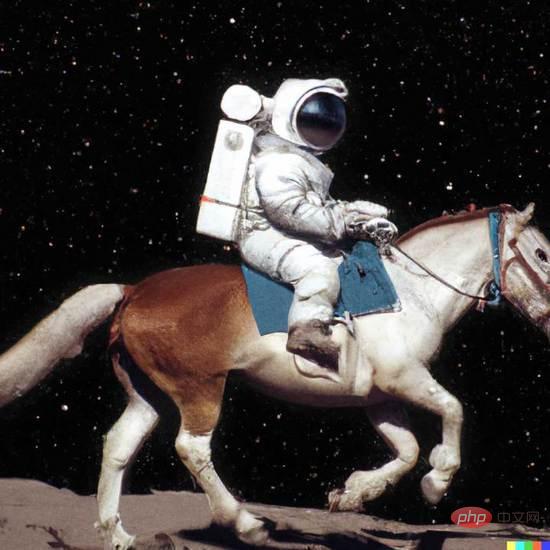 从VAE到扩散模型:一文解读以文生图新范式Apr 08, 2023 pm 08:41 PM
从VAE到扩散模型:一文解读以文生图新范式Apr 08, 2023 pm 08:41 PM1 前言在发布DALL·E的15个月后,OpenAI在今年春天带了续作DALL·E 2,以其更加惊艳的效果和丰富的可玩性迅速占领了各大AI社区的头条。近年来,随着生成对抗网络(GAN)、变分自编码器(VAE)、扩散模型(Diffusion models)的出现,深度学习已向世人展现其强大的图像生成能力;加上GPT-3、BERT等NLP模型的成功,人类正逐步打破文本和图像的信息界限。在DALL·E 2中,只需输入简单的文本(prompt),它就可以生成多张1024*1024的高清图像。这些图像甚至
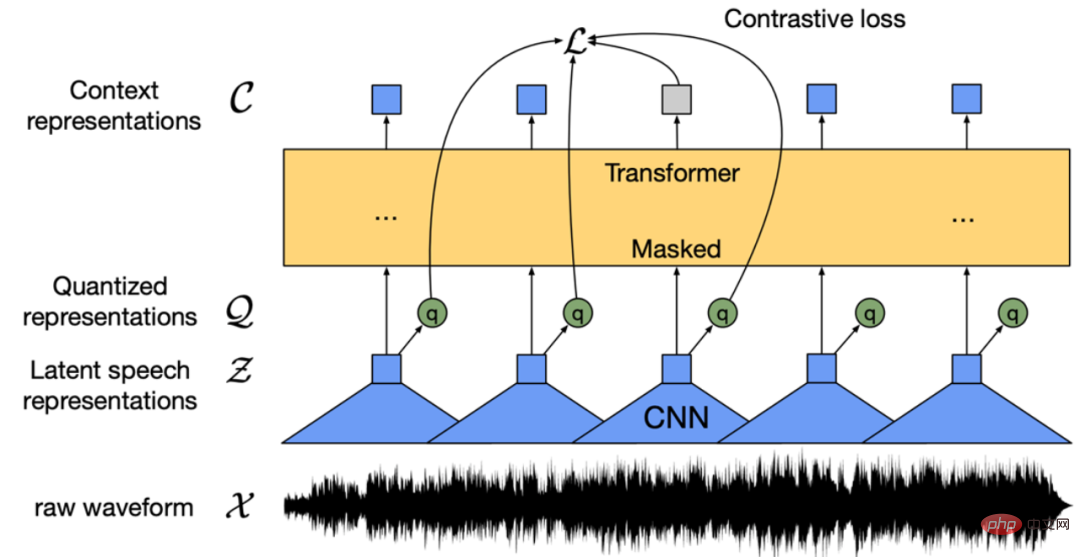 找不到中文语音预训练模型?中文版 Wav2vec 2.0和HuBERT来了Apr 08, 2023 pm 06:21 PM
找不到中文语音预训练模型?中文版 Wav2vec 2.0和HuBERT来了Apr 08, 2023 pm 06:21 PMWav2vec 2.0 [1],HuBERT [2] 和 WavLM [3] 等语音预训练模型,通过在多达上万小时的无标注语音数据(如 Libri-light )上的自监督学习,显著提升了自动语音识别(Automatic Speech Recognition, ASR),语音合成(Text-to-speech, TTS)和语音转换(Voice Conversation,VC)等语音下游任务的性能。然而这些模型都没有公开的中文版本,不便于应用在中文语音研究场景。 WenetSpeech [4] 是
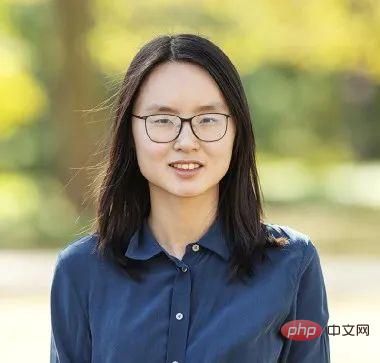 普林斯顿陈丹琦:如何让「大模型」变小Apr 08, 2023 pm 04:01 PM
普林斯顿陈丹琦:如何让「大模型」变小Apr 08, 2023 pm 04:01 PM“Making large models smaller”这是很多语言模型研究人员的学术追求,针对大模型昂贵的环境和训练成本,陈丹琦在智源大会青源学术年会上做了题为“Making large models smaller”的特邀报告。报告中重点提及了基于记忆增强的TRIME算法和基于粗细粒度联合剪枝和逐层蒸馏的CofiPruning算法。前者能够在不改变模型结构的基础上兼顾语言模型困惑度和检索速度方面的优势;而后者可以在保证下游任务准确度的同时实现更快的处理速度,具有更小的模型结构。陈丹琦 普
 解锁CNN和Transformer正确结合方法,字节跳动提出有效的下一代视觉TransformerApr 09, 2023 pm 02:01 PM
解锁CNN和Transformer正确结合方法,字节跳动提出有效的下一代视觉TransformerApr 09, 2023 pm 02:01 PM由于复杂的注意力机制和模型设计,大多数现有的视觉 Transformer(ViT)在现实的工业部署场景中不能像卷积神经网络(CNN)那样高效地执行。这就带来了一个问题:视觉神经网络能否像 CNN 一样快速推断并像 ViT 一样强大?近期一些工作试图设计 CNN-Transformer 混合架构来解决这个问题,但这些工作的整体性能远不能令人满意。基于此,来自字节跳动的研究者提出了一种能在现实工业场景中有效部署的下一代视觉 Transformer——Next-ViT。从延迟 / 准确性权衡的角度看,
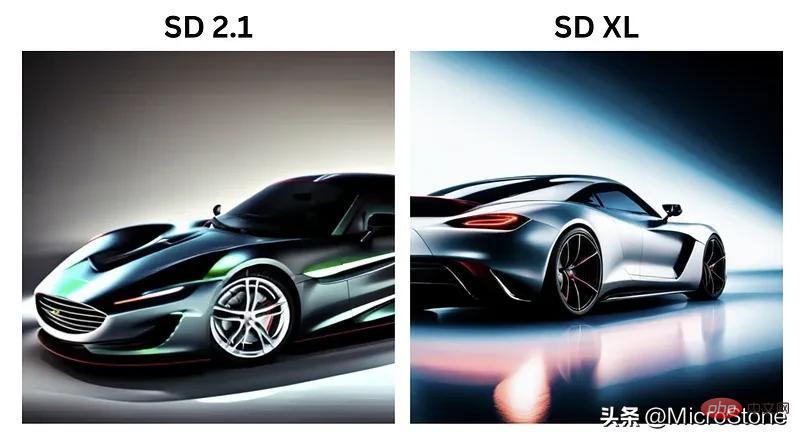 Stable Diffusion XL 现已推出—有什么新功能,你知道吗?Apr 07, 2023 pm 11:21 PM
Stable Diffusion XL 现已推出—有什么新功能,你知道吗?Apr 07, 2023 pm 11:21 PM3月27号,Stability AI的创始人兼首席执行官Emad Mostaque在一条推文中宣布,Stable Diffusion XL 现已可用于公开测试。以下是一些事项:“XL”不是这个新的AI模型的官方名称。一旦发布稳定性AI公司的官方公告,名称将会更改。与先前版本相比,图像质量有所提高与先前版本相比,图像生成速度大大加快。示例图像让我们看看新旧AI模型在结果上的差异。Prompt: Luxury sports car with aerodynamic curves, shot in a
 什么是Transformer机器学习模型?Apr 08, 2023 pm 06:31 PM
什么是Transformer机器学习模型?Apr 08, 2023 pm 06:31 PM译者 | 李睿审校 | 孙淑娟近年来, Transformer 机器学习模型已经成为深度学习和深度神经网络技术进步的主要亮点之一。它主要用于自然语言处理中的高级应用。谷歌正在使用它来增强其搜索引擎结果。OpenAI 使用 Transformer 创建了著名的 GPT-2和 GPT-3模型。自从2017年首次亮相以来,Transformer 架构不断发展并扩展到多种不同的变体,从语言任务扩展到其他领域。它们已被用于时间序列预测。它们是 DeepMind 的蛋白质结构预测模型 AlphaFold
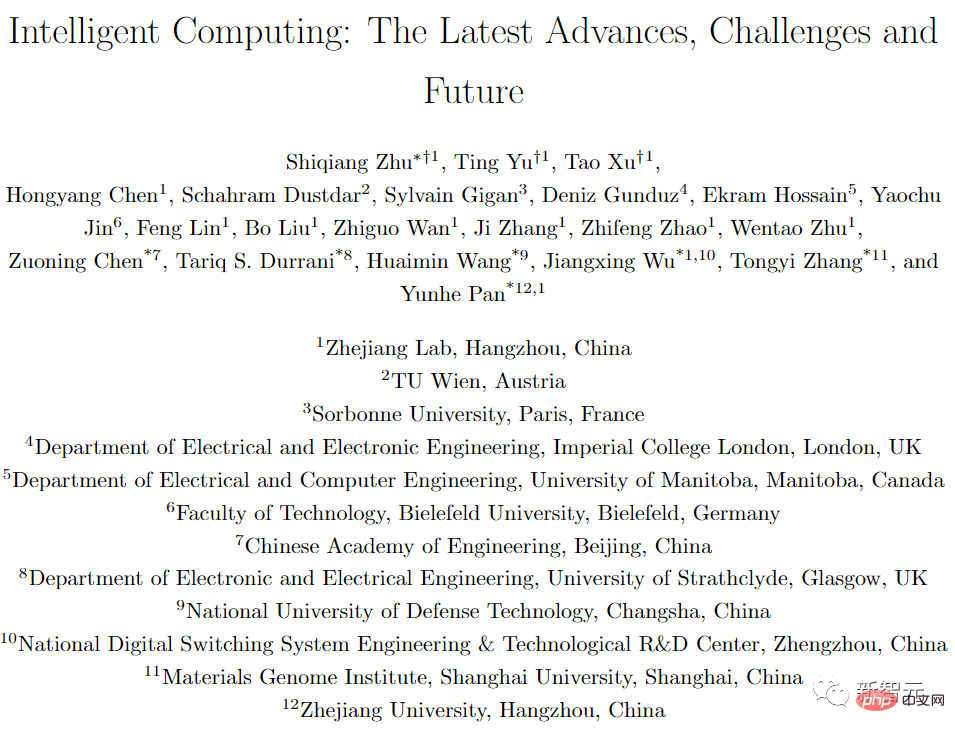 五年后AI所需算力超100万倍!十二家机构联合发表88页长文:「智能计算」是解药Apr 09, 2023 pm 07:01 PM
五年后AI所需算力超100万倍!十二家机构联合发表88页长文:「智能计算」是解药Apr 09, 2023 pm 07:01 PM人工智能就是一个「拼财力」的行业,如果没有高性能计算设备,别说开发基础模型,就连微调模型都做不到。但如果只靠拼硬件,单靠当前计算性能的发展速度,迟早有一天无法满足日益膨胀的需求,所以还需要配套的软件来协调统筹计算能力,这时候就需要用到「智能计算」技术。最近,来自之江实验室、中国工程院、国防科技大学、浙江大学等多达十二个国内外研究机构共同发表了一篇论文,首次对智能计算领域进行了全面的调研,涵盖了理论基础、智能与计算的技术融合、重要应用、挑战和未来前景。论文链接:https://spj.scien
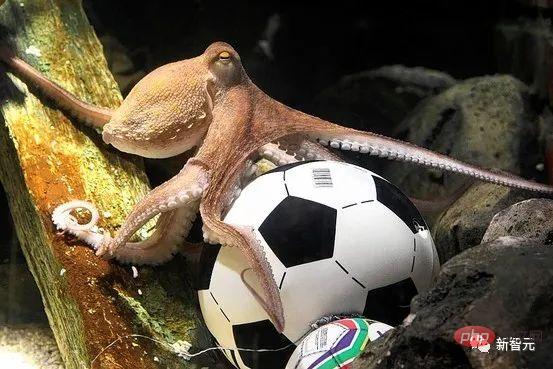 AI模型告诉你,为啥巴西最可能在今年夺冠!曾精准预测前两届冠军Apr 09, 2023 pm 01:51 PM
AI模型告诉你,为啥巴西最可能在今年夺冠!曾精准预测前两届冠军Apr 09, 2023 pm 01:51 PM说起2010年南非世界杯的最大网红,一定非「章鱼保罗」莫属!这只位于德国海洋生物中心的神奇章鱼,不仅成功预测了德国队全部七场比赛的结果,还顺利地选出了最终的总冠军西班牙队。不幸的是,保罗已经永远地离开了我们,但它的「遗产」却在人们预测足球比赛结果的尝试中持续存在。在艾伦图灵研究所(The Alan Turing Institute),随着2022年卡塔尔世界杯的持续进行,三位研究员Nick Barlow、Jack Roberts和Ryan Chan决定用一种AI算法预测今年的冠军归属。预测模型图


Hot AI Tools

Undresser.AI Undress
AI-powered app for creating realistic nude photos

AI Clothes Remover
Online AI tool for removing clothes from photos.

Undress AI Tool
Undress images for free

Clothoff.io
AI clothes remover

AI Hentai Generator
Generate AI Hentai for free.

Hot Article

Hot Tools

SecLists
SecLists is the ultimate security tester's companion. It is a collection of various types of lists that are frequently used during security assessments, all in one place. SecLists helps make security testing more efficient and productive by conveniently providing all the lists a security tester might need. List types include usernames, passwords, URLs, fuzzing payloads, sensitive data patterns, web shells, and more. The tester can simply pull this repository onto a new test machine and he will have access to every type of list he needs.

SAP NetWeaver Server Adapter for Eclipse
Integrate Eclipse with SAP NetWeaver application server.

SublimeText3 Mac version
God-level code editing software (SublimeText3)

SublimeText3 Linux new version
SublimeText3 Linux latest version

Dreamweaver Mac version
Visual web development tools






